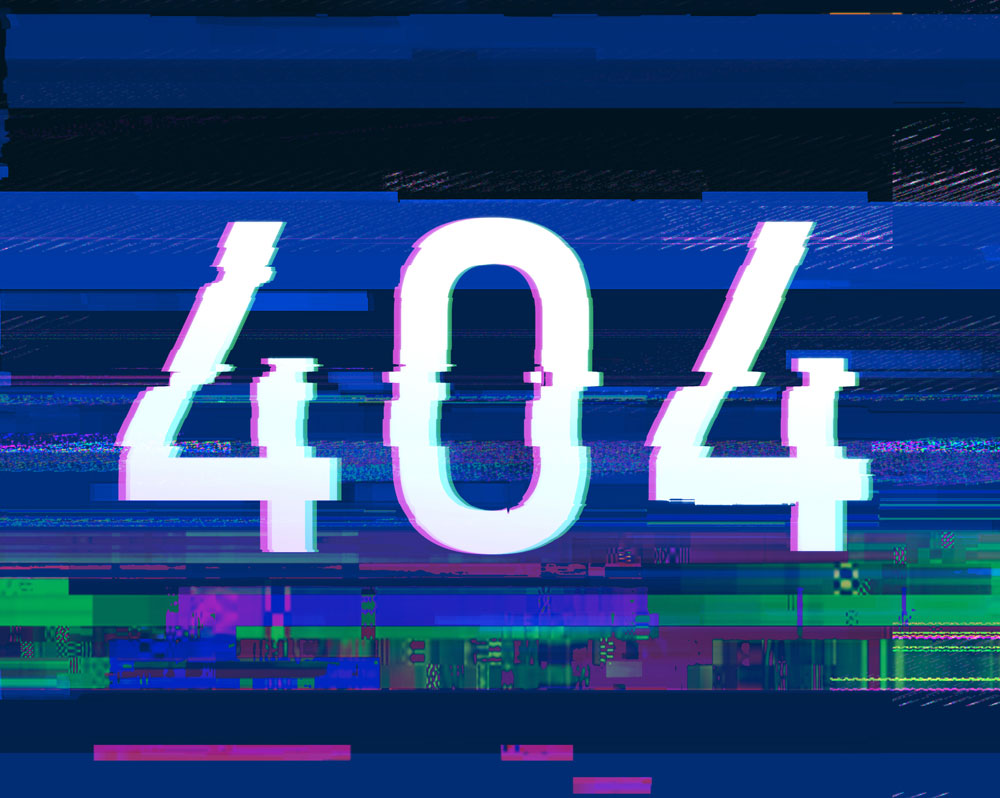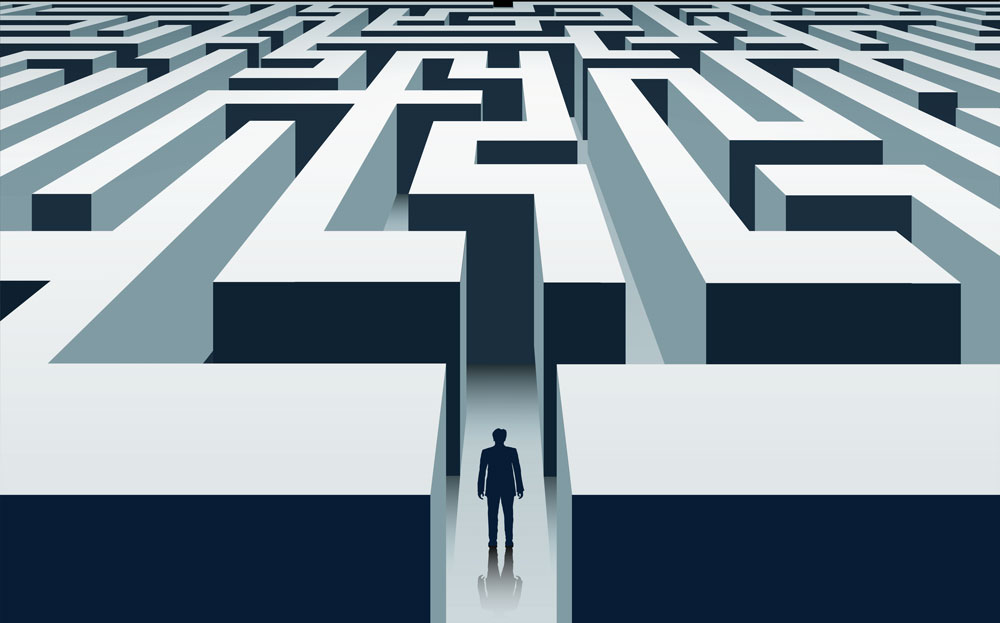We'll perform a deep technical analysis of your site to check for common SEO errors, code issues and to uncover any unintentional algorithmic penalty triggers.
Google Penalty Recovery

Technical SEO Experts for Google Penalty Recovery
Working with MAXPlaces on your Google Penalty Recovery campaign ensures that your website receives professional analysis, tailored recovery solutions, and ongoing support to regain its search engine rankings and visibility. Our team of experts specializes in identifying the causes of Google penalties, whether algorithmic or manual and devising effective recovery strategies that adhere to Google’s guidelines.
As a client of MAXPlaces, you benefit from our in-depth knowledge of technical SEO, our ability to pinpoint and address issues such as toxic backlinks or low-quality content, and our commitment to keeping your website penalty-free in the long run. Our transparent communication keeps you informed throughout the recovery process, while our proactive monitoring and analysis help prevent future penalties. By choosing MAXPlaces for your Google Penalty Recovery campaign, you gain a trusted partner dedicated to restoring your website’s credibility, traffic, and search engine visibility.
Penalty Recovery Process
Frequently Asked Questions
If you don’t see your particular question answered below, please feel free to contact us directly, and we’ll try our best to answer your questions in a clear, concise, and timely manner. Keep in mind these are just the most frequently asked questions that have historically been asked of us. Your particular questions may or may not be reflected below, but we are more than willing to spend our time educating you so you understand the benefits of Google Penalty Recovery services and the processes involved.
